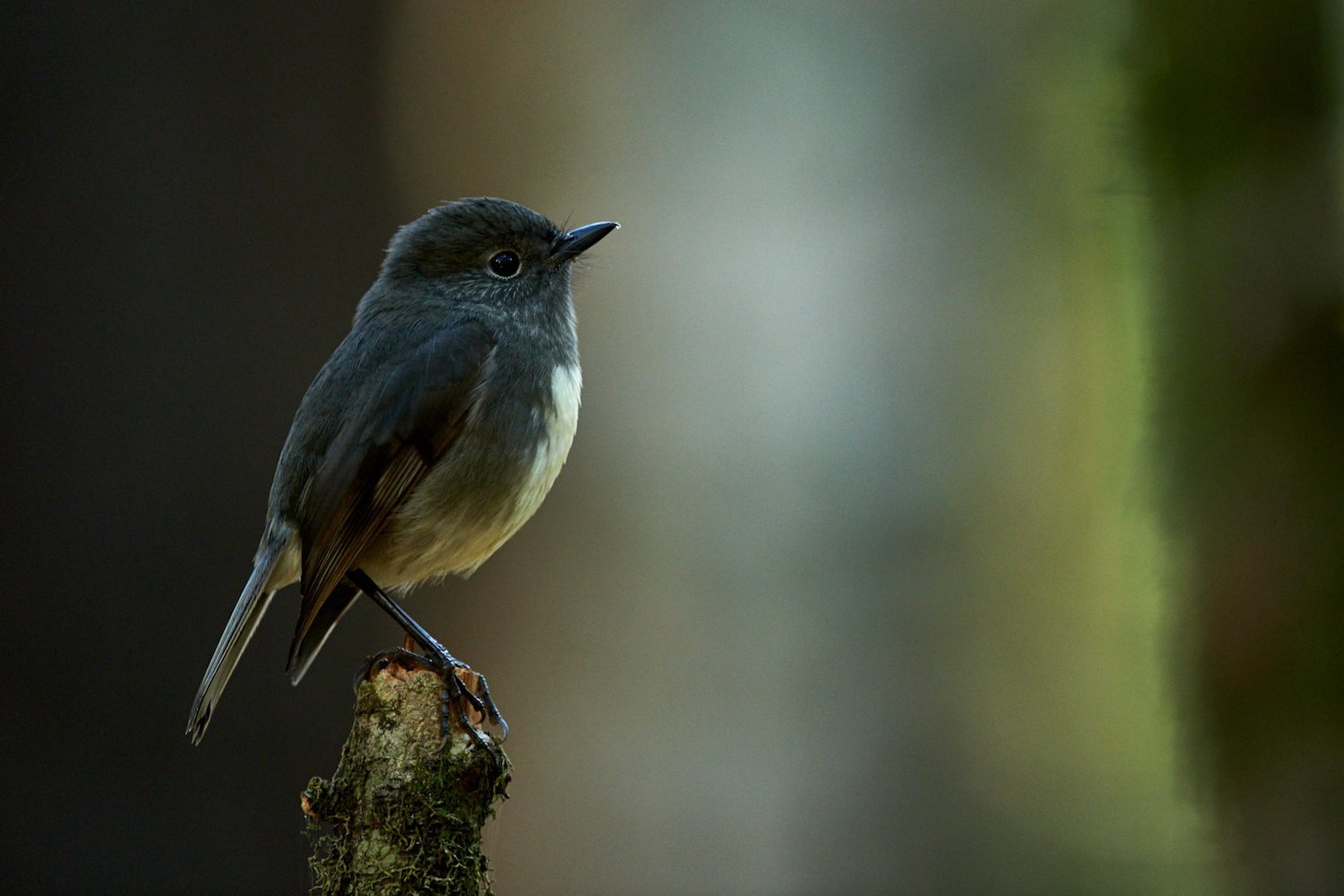Halo expansion well underway
The Halo Project team has been hard at work over autumn and winter to get started on Predator Free Dunedin’s expansion work. They are working across two key areas — known as the buffer and core areas.
Explore this interactive map of the Halo Project area. Click on an area to read more.
In the buffer area, the team has made a start on installing AT220 possum traps. With one trap per 25 hectares, the team aims to knock down possum numbers and keep them low. This will help prevent animals re-invading both the core Halo area and other parts of Predator Free Dunedin’s project area. Overall, it will be a good opportunity to test whether a lean network will result in major reductions to possum numbers at a landscape-scale.
Meanwhile, in the core Halo area, which is centered around Orokonui Ecosanctuary and Mihiwaka, the aim is to get possum numbers down to zero density. This means the number of animals is so low that they can’t reproduce. Re-invasion will remain a constant consideration at this mainland site with a 16 kilometre boundary. This is exactly why the buffer is critical!
A recent survey of residents living within the expansion area will inform the plan going forward. Most people surveyed are already doing predator control on their property, targeting mice, rats and possums. Three quarters of those surveyed say they are directly affected by predators and 93% are supportive of a coordinated predator control project in the area, with many keen to assist. Protecting rare and threatened species, seeing more wildlife in backyards, improving habitat quality, and protecting homes and backyards are the main drivers for that support.
Protecting rare and threatened species like the kakaruwai/South Island robin is a major motivator for people living in the Halo Project area. Photo by Craig McKenzie.
The Halo Project team is trialling a range of lures including mayonnaise and the new PoaUku long-life lures to understand the impact on success and service rates for the AT220s. It is expected that they will only need to be serviced every 4 to 6 months, which means we don’t have to check them as often, allowing staff to focus their efforts in other parts of the project.
Predator Free Dunedin and the Halo Project continues to work in collaboration with OSPRI. A succession plan aims to make the most of OSPRI’s work in the wider area. OSPRI’s operations have a knockdown effect on possum numbers, and the Halo Project follows this work by installing permanent control networks to keep possum numbers at low levels. This programme has been extended into the new buffer area. OSPRI will be starting their work in the Mt Allan area where the Halo Project has already installed 225 AT220s ready to keep possum numbers low. The traps are mostly on Wenita and City Forest land and areas of native vegetation up the Taieri River from Outram Glen.
The AT220 is usually mounted to a tree, but this was not possible in the Mt Allan area given the large areas of forestry. Putting metal screws in trees that are going to be harvested creates a risk for staff and equipment as they can become embedded in the trees. Instead, the team has come up with an innovative solution. They have developed a robust self-supporting mounting system using a 1.8 metre waratah, two 1.2 metre fencing pails, and a rebar anchor for additional bracing. This has also provided greater flexibility in site selection as the team can put traps in places where possums are most likely to be caught.
Operations are also being planned for northern coastal areas to test these devices in an initial knockdown scenario. Final planning is being completed to begin operations in the Silver Peaks area, starting with the Painted Forest and expanding north and east over the next couple of years.




